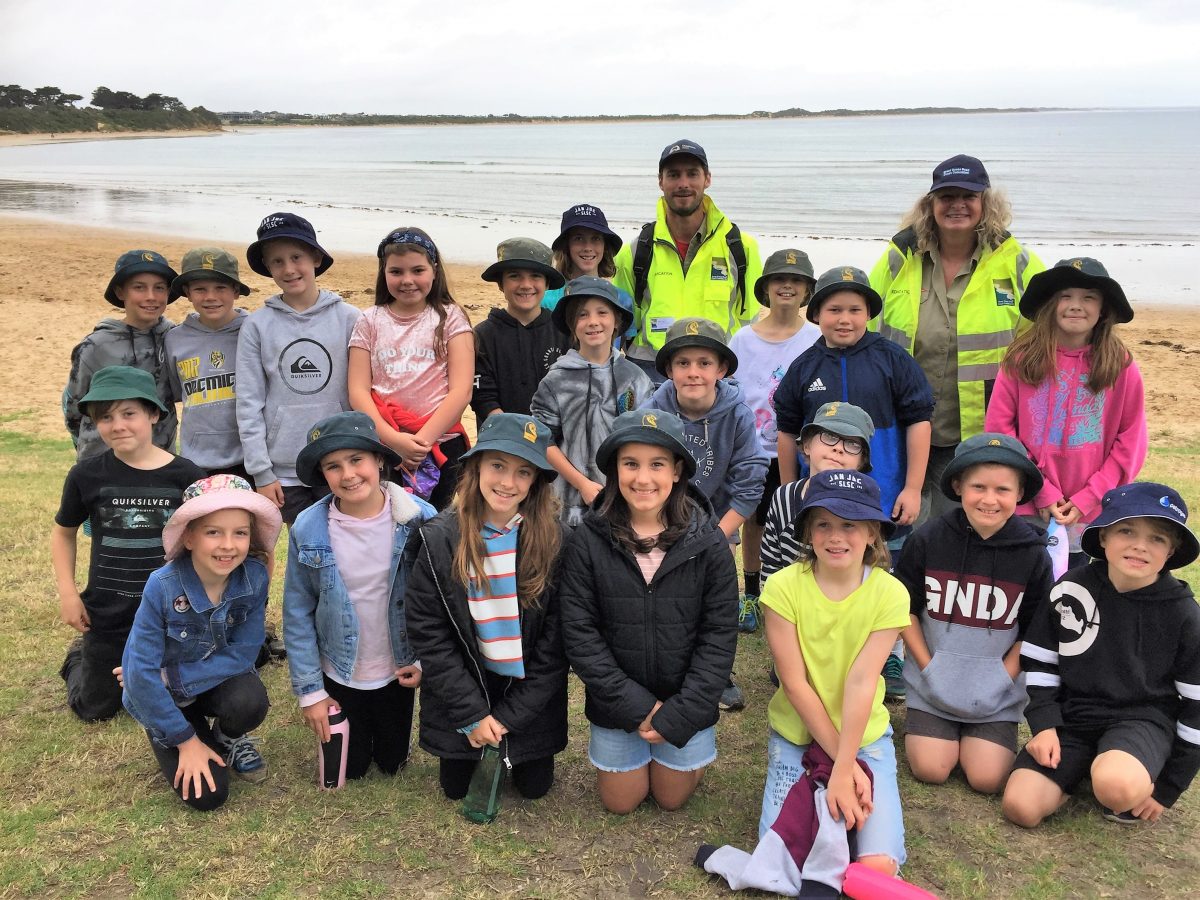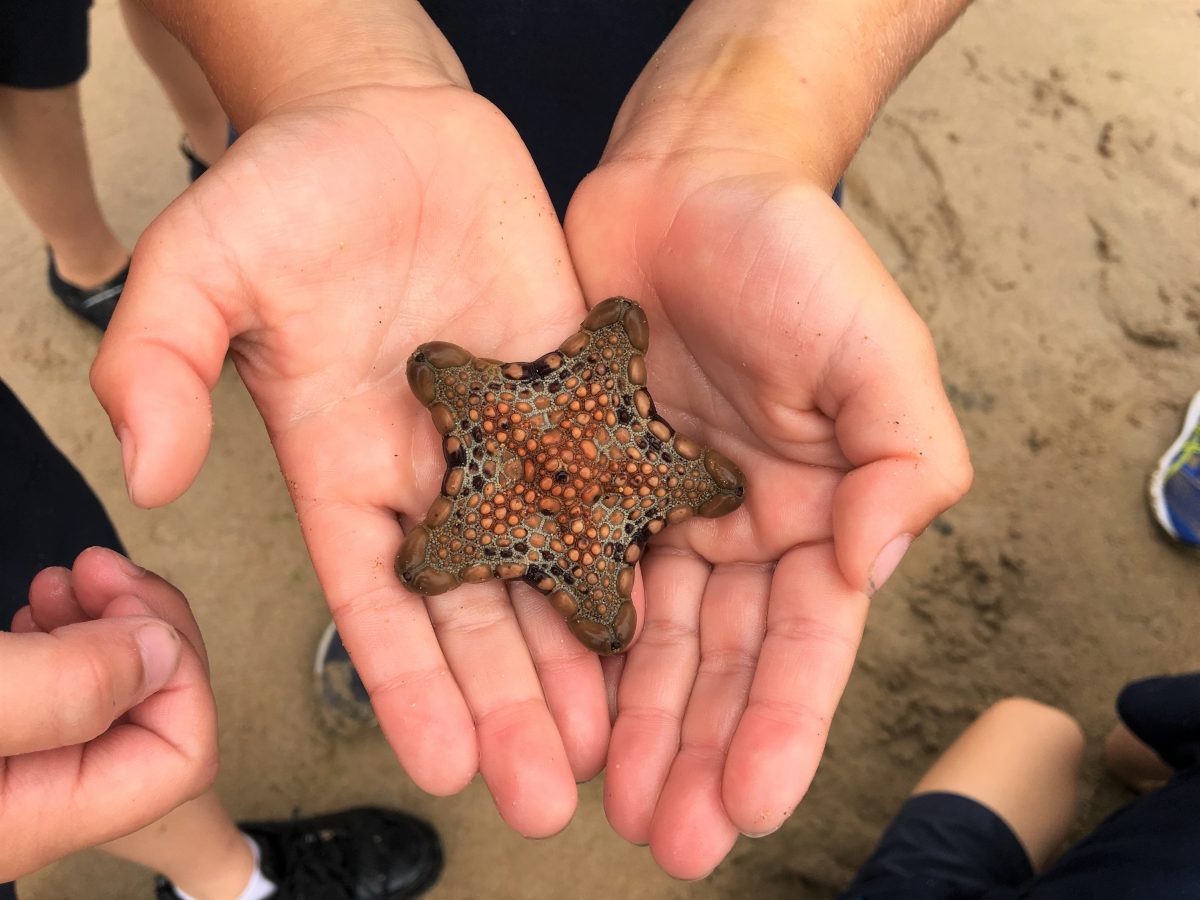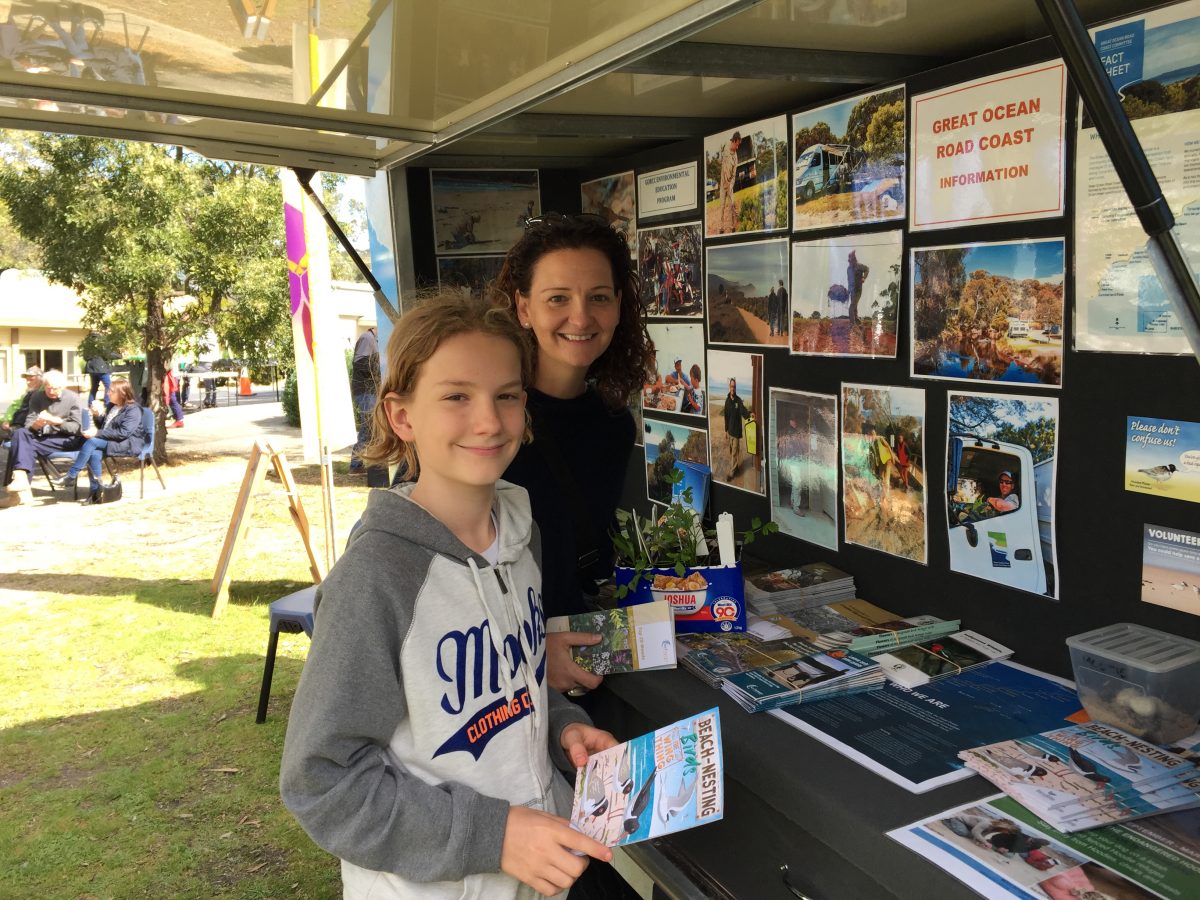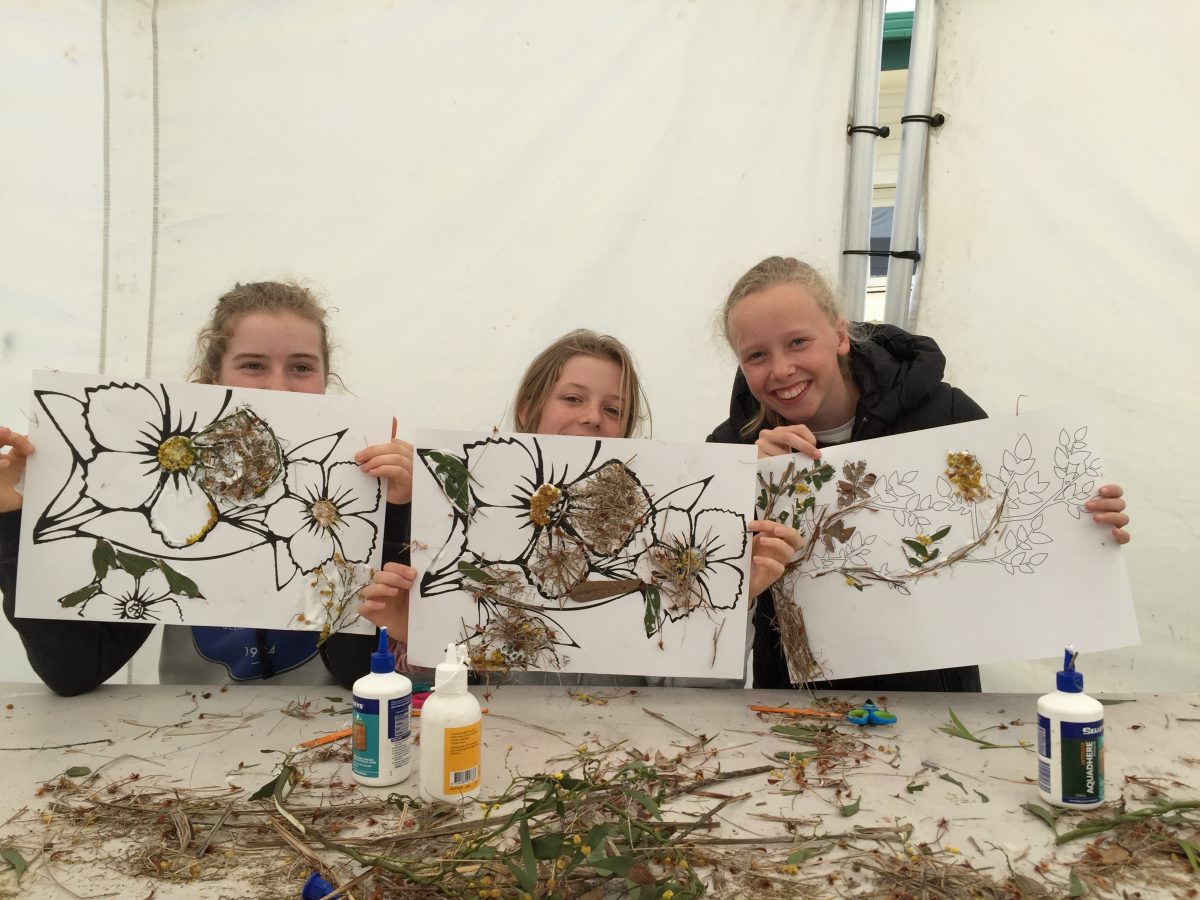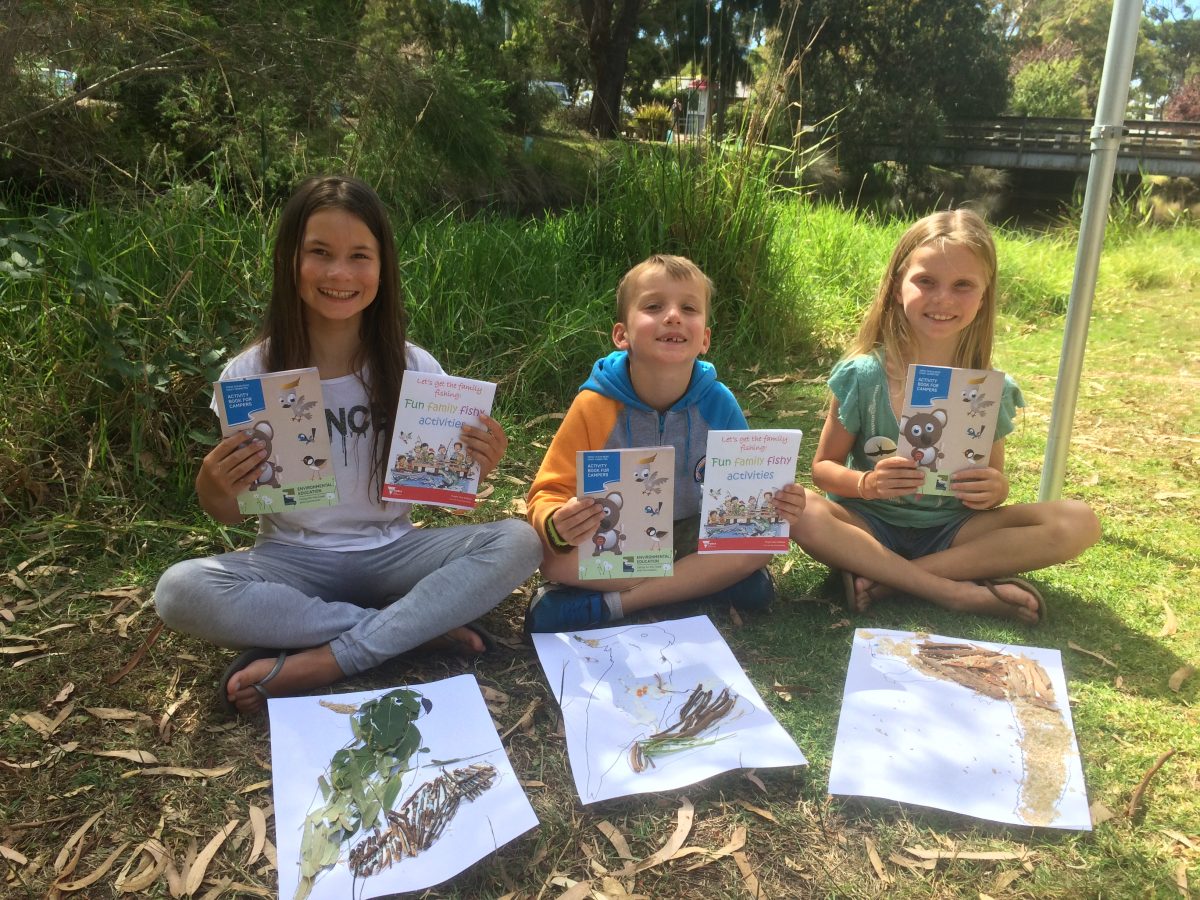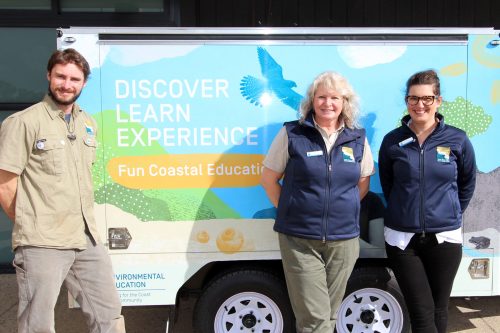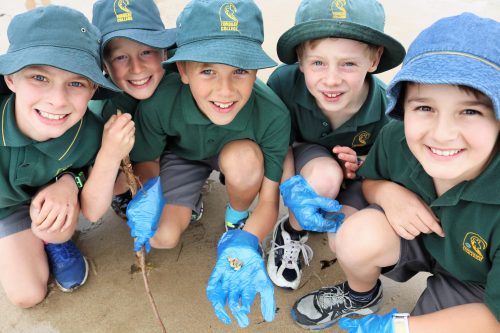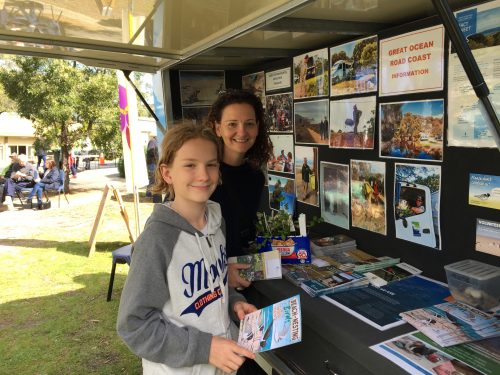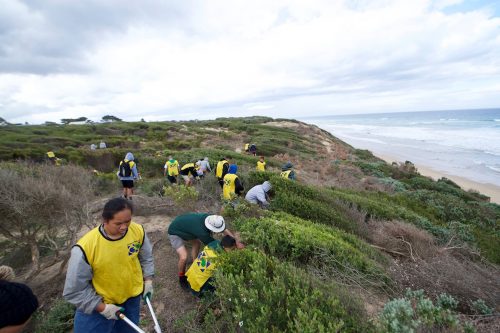Education resources
Education resources
Welcome to the GORCC Environmental Education resource page
Below you will find a range of free downloadable education resources for early childhood, primary and secondary school students. These resources focus on the key concepts of biodiversity, culture, environment, human impacts, and coastal management and include relevant curriculum links.
See the General tab for a range of fun activities and resources for all age groups to access and learn more about our amazing coastal environments, no matter where you are.
Use the GORCC Education Newsletters & Fact Sheets tab to keep up to date on all the latest GORCC Education news, events, and promotions.
Primary school and Early childhood resources
These resources aim to foster a sense of curiosity and love for the outdoors and nature, as well as connect children with the indigenous history of our coast. Through a range of hands-on craft style activities to more advanced observational and research resources, children can build a stronger connection and respect for our coastal environments while learning how they can help care for the biodiversity within them from the comfort of the classroom or home.
- Get inspired, Get involved, Get influencing – This resource includes links to a range of conservation groups and campaigns to inspire students to get involved in active conservation.
- Level F – 6 Rocky Shore Food Webs – In this activity, you will learn more about a variety of rocky shore species found along Victoria’s surf coast and the roles they play in native food webs.
- Nature Mandalas – Spending time with nature is great for our health and wellbeing. This resource has been designed as a mindfulness activity to cater for students of all ages and abilities.
- Level 3 – 6 Dunescape – This resource helps students explore how dunes are formed and change over time, as they create their own dune system in the classroom or home!
- Level 3 – 6 Most valuable species campaign – We know conservation is important, but why might a particular species get protected while another one misses out? The following persuasive text activity will help students think deeper about what influences these decisions as they create a winning campaign for their species to be named the Conservation M.V.S. (Most Valuable Species).
- Level 5 – 6 Plant Adaptations – This resource will guide students to explore the adaptations plants need to survive in different habitats, as they explore common coastal adaptations and complete their own surveys.
- F – 6 Re-used Rock-pool: – This Plastic-Free July we’re inviting you to create your own rock-pool out of items found around school or the home that might otherwise be thrown out.
- F – 6 Repurposing Plastic Plant Pots – Students design their own plant pots for living or cut plants using repurposed plastic bottles or jars.
- F – 4 Wadawurrung Family Flashcard language resource – This activity will helps students explore their own language heritage while learning Wadawurrung family language.
- F – 4: Wadawurrung Way Symbol Stories – This resource helps students begin to explore Wadawurrung language through use of symbol stories.
- F-6: Adaptation Art – There are so many animals other than humans who live in and around our homes and schools. For this activity, students will learn more about these animals and their adaptations to survive in their habitat, using this information to make art to teach others too!
- F – 6 Life on the Rocky shore : Adaptations and Habitat – The rocky shore is one of the most extreme and changeable places to live. This activity will guide students to explore the types of adaptations animals need to survive here.
- E.C.H. – Level 2: Exploring Animal Features – Animals have many special features that help them survive. This activity will help students safely explore animals that live in and around their home or school by using observations, predictions, and their own creativity to describe and create examples of the animals’ features.
Secondary school resources
These resources aim to inspire and connect students with our coast and its unique biodiversity and cultural heritage values. Students are encouraged to think critically about the natural world, the values they hold, and the vital role they can play in helping to conserve our precious coastline, whether at home, school, or elsewhere.
- Get inspired, Get involved, Get influencing – This resource includes links to a range of conservation groups and campaigns to inspire students to get involved in active conservation.
- Yr 7 – VCE: Dunescape – These practical activities allow students to explore the basic principles behind dune formation and changes due to natural and human impacts.
- Yr 7 – VCE: Think Coastal Act Local – This activity will help you explore societies ideas of litter and how you can use this knowledge to make a positive change locally to help protect the coast.
- Yr 7 – VCE: M.V.S Most Valuable Species Campaign – We know conservation is important, but why might a particular species get protected while another one misses out? The following activity will help you think deeper about what influences our views on conservation and how this impacts how flora and fauna are valued.
- Yr 7/8: How and why classify? – Classification is something we do daily without thinking. This activity uses relatable and coastal examples to help students explore their ideas about classification, and discover why it is such a powerful tool that helps scientists understand life on Earth.
- Yr 7 – VCE: Exploring Coastal Food Webs – In this activity, you will learn more about the diversity of species found within our coastal marine (sea-based) and terrestrial (land-based) ecosystems, and the roles they play in native food webs.
- Yr 7 – VCE: Blue Sea Thinking: Innovative Design – Students are guided through the steps to design an innovation that would help manage, prevent or remove an environmental issue effecting the coast.
- Nature Mandalas – Spending time with nature is great for our health and wellbeing. This resource has been designed as a mindfulness activity to cater for students of all ages and abilities.
General resources
See below for a range of fun and engaging activities for all ages to learn and explore more about the natural environments on the coast and beyond.
- Nature Mandalas – Spending time with nature is great for our health and wellbeing. Making a Mandala with natural materials is a very meaningful mindfulness activity that helps us connect with nature by reminding us of nature’s cycles and seasons.
- Repurposing Plastic: Homemade Plant Pots – “Repurposing” is a smart way of reducing waste being sent to landfill. In this activity, you will be repurposing plastic bottles or jars to make your own homemade plant pots.
- Re-used Rock-pool! – This Plastic-Free July we’re inviting you to create your own rock-pool out of items found around the home that might otherwise be thrown out.
- Get inspired, Get involved, Get influencing – This resource includes links to a range of conservation groups and campaigns to inspire you to get involved in active conservation.
- Wadawurrung Family Flashcards – This activity will help you learn some of the Wadawurrung language and explore the language or languages your family uses.
- Wadawurrung Way Symbol Stories – For thousands of years Wadawurrung people have used words and symbols to tell stories about what goes on in their life, in their family, and the environment around them. This activity will teach you some of this language to create your own symbol stories.
- Natures Colour Collection – Explore the rainbow of colours found in nature and make your own colourful collection.
- Creative Creatures – There are so many creatures other than you and I who live in and around our homes. This is your chance to learn more about these creatures and share their features with everyone!
- Watching Wildlife – This activity helps you play the role of an ecologist, a scientist whose job is to watch and study different living things to learn how they eat, hunt, shelter, have young, move, what other living plants or animals they live with and special adaptations or features they might have to help them survive.
- Creature Features – This is a great activity for adults and younger children to work on
together as you explore the creatures in and around your home. - What lives in my tree? – Use this simple to follow guide using everyday household items to explore the tiny animals in your own backyard!
- Lights, camera, moths! – This simple guide will show you how to attract magnificent moths to survey no matter where you are.
- Camouflaging crustaceans – Use our template to create your own camouflaging crustaceans at home
GORCC Education Newsletters & Fact Sheets
Keep up to date with the latest GORCC Education news, events, and promotions below:
GORCC Environmental Education Channel
Our education team has created a range of videos about the biodiversity, conservation and cultural values of our Surfcoast. Focusing on the amazing habitats, plants, animals, and people who help care for this amazing stretch of coastline, these informative videos include links to a range of resources to help students research the topics and concepts further. They are also a great resource to use alongside our curriculum Online Resources above.
To subscribe and view our back catalogue of videos, use this link to the GORCC Environmental Education Channel on Vimeo.
And don’t forget you can also follow us on Facebook and Instagram pages for weekly videos, resources and other updates.
Have a suggestion for a resource or topic we haven’t covered? Contact us at education@gorcc.com.au and our Environmental Education team will be in touch to discuss how we can help cater to your student’s needs.
Keep in touch
Follow our Environmental Education team on Facebook and Instagram for lots of fun educational videos and engaging activities for all ages!
![Great Ocean Road Coast Committee [logo]](https://www.gorcc.com.au/app/themes/gorcc/images/gorcc-logo.svg)
